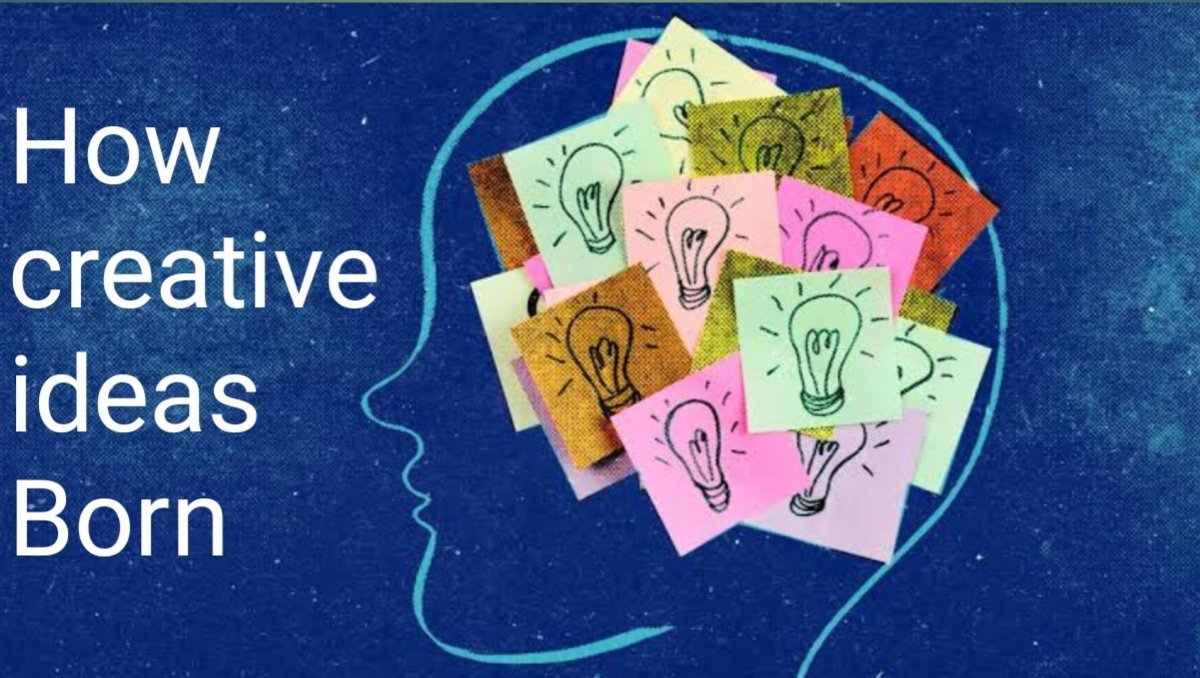
Innovation is the lifeblood of progress. From the wheel to the smartphone, human history is marked by groundbreaking ideas that have transformed our lives. But how exactly are these innovative ideas born? While the process can seem mysterious, it often follows certain patterns and can be nurtured through specific environments and practices.
The Spark of Curiosity
At the heart of every innovative idea lies curiosity. This innate desire to understand and explore the world drives individuals to question the status quo and seek out new possibilities. Curiosity leads to the identification of problems or areas for improvement, which is the first step in the innovation process. For example, the curiosity about how to communicate over long distances led to the invention of the telephone.
The Role of Diverse Perspectives
Innovation thrives in environments where diverse perspectives intersect. When people from different backgrounds, disciplines, and experiences collaborate, they bring unique viewpoints and ideas to the table. This diversity can spark new ways of thinking and problem-solving that might not emerge in a more homogeneous group. Consider the development of the modern computer, which required the collaboration of mathematicians, engineers, and visionaries like Alan Turing and Grace Hopper.
The Process of Ideation
Once a problem is identified, the ideation phase begins. This involves generating a wide range of ideas and potential solutions. Brainstorming sessions, mind mapping, and other creative techniques are often used to encourage free thinking and the flow of ideas. During this phase, it is crucial to suspend judgment and allow even the most unconventional ideas to be considered. The aim is to generate as many ideas as possible, as this increases the likelihood of finding a truly innovative solution.
Experimentation and Prototyping
Ideas remain abstract until they are tested in the real world. Experimentation and prototyping are critical steps in the innovation process. By creating prototypes and testing them, innovators can gather valuable feedback, learn from failures, and refine their ideas. Thomas Edison’s development of the electric light bulb is a classic example of this iterative process. Edison tested thousands of materials for the filament before finding one that worked, demonstrating the importance of perseverance and adaptation.
The Impact of Technology
Advancements in technology have significantly accelerated the pace of innovation. Today, innovators have access to powerful tools and resources that can help turn ideas into reality more quickly and efficiently. For example, 3D printing allows for rapid prototyping, while artificial intelligence can analyze vast amounts of data to uncover new insights. The internet has also democratized innovation by providing a platform for collaboration and the sharing of knowledge across the globe.
Creating a Culture of Innovation
Organizations that consistently produce innovative ideas often have a culture that encourages creativity and risk-taking. Leaders play a crucial role in fostering this environment by providing the resources and support needed for experimentation. They also need to create a safe space where failure is seen as a learning opportunity rather than a setback. Google’s famous “20% time” policy, which allows employees to spend 20% of their work hours on projects of their choosing, is an example of how organizations can nurture a culture of innovation.
Conclusion
Innovative ideas are born from a combination of curiosity, diverse perspectives, and a structured process of ideation, experimentation, and refinement. By embracing these elements and creating environments that support creativity and risk-taking, individuals and organizations can unlock new possibilities and drive progress. In an ever-evolving world, the ability to generate and implement innovative ideas is more important than ever, ensuring that we continue to advance and improve our lives in meaningful ways.







